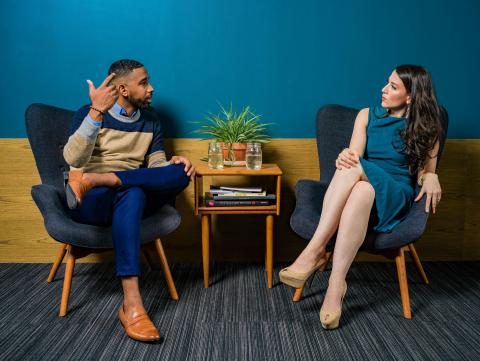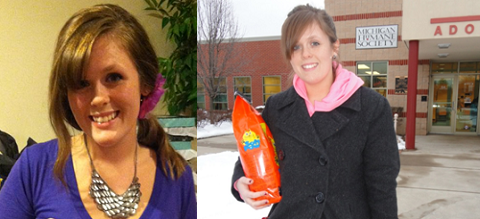The Shifting Standards for Interview Attire
Aug 07,2024
The standards for interview attire have evolved significantly over the past few decades. Once governed by strict rules that emphasized formal and conservative dress, today's guidelines are more fluid, reflecting broader changes in workplace culture, industry norms, and societal attitudes. This shift is influenced by factors such as the rise of tech startups, the growing emphasis on company culture, and the increasing acceptance of remote work. Understanding these changes can help job seekers present themselves appropriately and confidently in interviews.
1. The Evolution of Business Formal
Traditionally, business formal attire was the gold standard for job interviews. Men were expected to wear dark suits, white shirts, and ties, while women were encouraged to don conservative suits or dresses in neutral colors. This standard was especially prevalent in industries such as finance, law, and corporate management, where professionalism and formality were paramount.
In recent years, however, there has been a noticeable relaxation of these rigid dress codes. While business formal is still the norm for certain high-stakes positions and industries, many companies have adopted a more relaxed approach, even in traditionally conservative fields. This change reflects a broader cultural shift toward valuing individuality and comfort alongside professionalism.
2. The Rise of Business Casual
Business casual has become the dominant dress code in many workplaces and, consequently, for job interviews. This attire typically includes slacks or chinos, button-down shirts, blouses, and sometimes blazers, without the need for ties or formal skirts. The tech industry, in particular, has been a significant driver of this trend, promoting a casual yet professional look that emphasizes competence and comfort over strict formality.
In tech hubs like Silicon Valley, it’s not uncommon to see candidates wearing jeans and a smart shirt or even high-quality sneakers for interviews. This shift recognizes that technical skills and cultural fit are often more critical than adherence to traditional dress codes.
3. Industry-Specific Norms
The appropriate attire for job interviews can vary widely depending on the industry. Creative fields like advertising, design, and media often encourage more expressive and individualistic fashion choices. In these industries, wearing bold colors, unique accessories, or contemporary styles can be a way to showcase creativity and personal brand.
Conversely, more traditional sectors like banking, legal services, and government may still expect candidates to err on the side of formality, even if there is a general trend towards relaxation. Researching a specific company’s culture and dress code before an interview can provide crucial insights into what is considered appropriate.
4. The Influence of Remote Work
The surge in remote work, accelerated by the COVID-19 pandemic, has further transformed interview attire standards. Virtual interviews conducted over platforms like Zoom or Teams have led to a new focus on "waist-up" dressing. Candidates often wear professional tops while opting for more casual bottoms, unseen by the camera.
Additionally, the remote work environment has made casual attire more acceptable overall, with many companies allowing employees to dress more informally during virtual meetings. This shift is likely to continue influencing interview attire norms, making a fully formal look less common except in specific situations.
5. Emphasizing Personal Brand and Authenticity
Modern interview attire increasingly reflects the importance of personal branding and authenticity. Candidates are encouraged to dress in a way that not only meets industry standards but also aligns with their personality and professional identity. This approach can help job seekers feel more comfortable and confident during interviews, allowing their true selves to shine through.
For instance, a candidate for a marketing position at a trendy startup might choose a stylish yet professional outfit that showcases their creativity and attention to detail. On the other hand, a candidate interviewing for a role at a traditional consultancy might opt for a classic, well-tailored suit that conveys reliability and professionalism.
6. Navigating Ambiguities and Mixed Signals
Despite the overall trend toward more casual and varied interview attire, candidates can sometimes receive mixed signals about what is appropriate. When in doubt, it’s generally advisable to err on the side of slightly more formal attire. Reaching out to a company’s HR department for guidance or observing the company’s online presence, including employee LinkedIn profiles and corporate social media, can provide valuable clues.
The standards for interview attire have evolved from rigid formalities to a more flexible and industry-specific approach. This shift reflects broader cultural changes that prioritize comfort, individuality, and company culture. By understanding these trends and conducting thorough research, job seekers can navigate modern expectations and choose attire that best represents their professional persona. Embracing this evolution allows candidates to present themselves authentically and confidently, enhancing their chances of making a positive impression in today’s dynamic job market.






